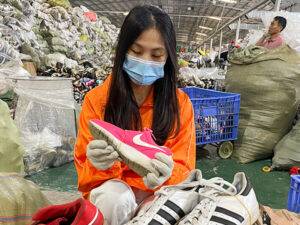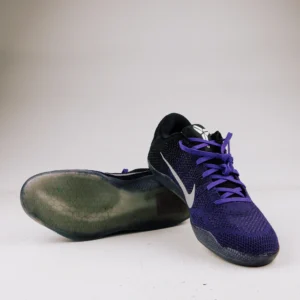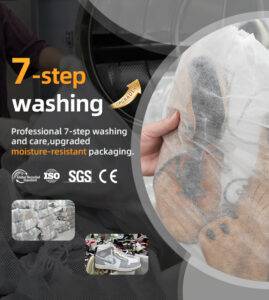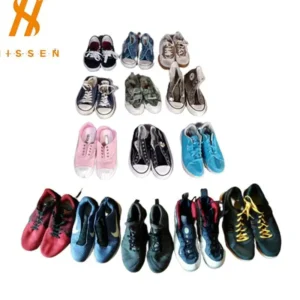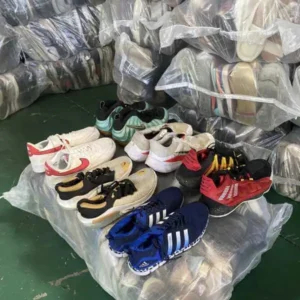Second hand clothing consumer market development analysis

The secondary use of used clothes is a problem that the world is actively responding to. The secondary use of used clothes is undoubted of great value. This value has already penetrated every country, every city, and every family. What we need to solve is only how to coordinate and solve the flow of used clothes and reflect the reuse value of used clothes.
What is the value of recycling used clothes?
Learn more
Because of the secondary use of Used clothes, the production of new clothes is greatly reduced. A lot of social energy is saved, so it has a certain environmental value. According to the annual report released by the international public welfare organization Humana in 2012: In 2012, the members of the Humana organization collected and re-used 120,000 tons of waste clothes. Every kilogram of used clothes collected can reduce carbon dioxide emissions by 4.3 kilograms. That is, Just a Humana organization can reduce 5 million tons of carbon dioxide emissions, which is equivalent to planting 250 million trees. Making a huge contribution to mitigating the global greenhouse effect.
Recycling of used clothes greatly affects the environment in which we live
It can be seen that the recycling of used clothes greatly affects the environment in which we live. In the past, the destruction of used clothes was more by stacking, burying, or incineration. If used clothes are piled on the open space, it will not only occupy land resources, but also cause a series of other problems.
Putting used clothes in the garbage dump in the urban area not only takes up a lot of space, but also affects citizens’ travel and affects the city’s appearance. Appearance, which affects the quality of the living environment; and if the clothes are buried in landfills, the pollution to the environment will be long-term and multifaceted. In 2010, the cost of landfills in the UK was 48 pounds per ton. If you replace it with used clothes that recycle an average of 360,000 tons per year, you can save 1.74 million pounds a year.
The first ways:
In developed countries in Europe and the United States, some good-quality clothes (after strict disinfection treatment) will be donated to the poor, which is the preferred method of recycling waste clothes. In addition, many charity shops also make full use of used clothes, so that people can buy good quality clothes at a lower price.

More options for handling used clothes
In addition to being used twice, used clothes can also be processed into insulation materials for vegetable greenhouses or roads, or used as fuel for power plants. In many countries, there are many channels for processing used clothes. The purpose is to maximize the value of the reuse of used clothes. In recent years. Some developed countries in Europe and the United States have attached great importance to charity, guide and encourage the development of charity organizations, directly connect with poor groups, and recycle used clothes faster and better.

European used clothes recycling
In Europe, used clothes are usually a way for non-profit organizations to raise funds, so the recycling of used clothes is mostly based on garbage sorting. In public places in Vienna, recycling bins of used clothes can be seen everywhere. Some non-profit organizations, such as Humana, Kolping, etc., are actively setting up recycling bins to facilitate citizens to put away clothes that are not worn. Humana has more than 800 recycling bins in the downtown area of Vienna, with its processing center and charity shops all over the city. , To provide clothes to the citizens of Vienna.
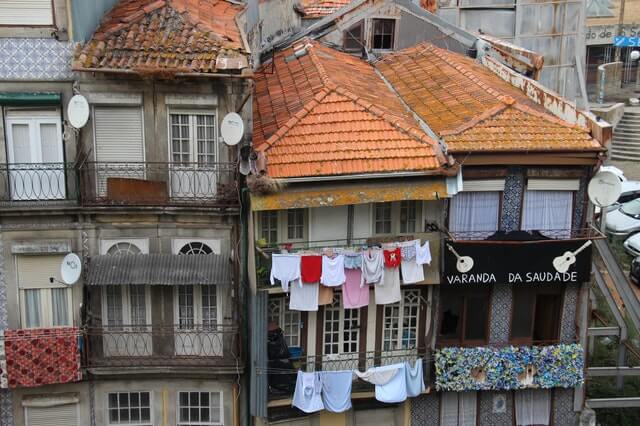
Some of the surplus clothes that cannot be reused are exported to Africa, some are used as industrial raw materials, and some are used as fuels for heat generation and power plants. In Graz, another major city in Austria, the setting of used clothes recycling bins is controlled by the municipal department.
Used clothes recycling in Paris, France
In Paris, France, in addition to placing used clothes recycling bins in the urban area, the management department encourages citizens to trade used clothes through various activities such as the “Old Object Recycling Festival.” The prerequisite standards must be clean, hygienic, and tidy clothes and the venue for the event. Generally choose in the square or street. The day before the event, the management department will promote the event through the media or by posting notices. On the day of the event, traffic control will be implemented, and the venue will be cleared.
click here to know more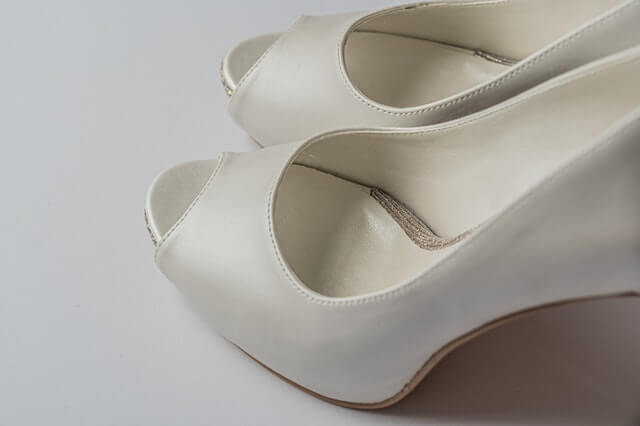
The event venue becomes a lively bazaar. In the past two years, the districts of Paris will choose different days to hold recycling activities within a year, and in some places, they even hold multiple activities a year.
Japan used clothes recycling.
Japan’s Uniqlo recycles its own branded clothes through its own brand store. During the period from September 2006 to March 2009, Uniqlo launched the “All Commodity Recycling and Recycling” campaign, and recovered 1 million used clothes. Since 2009, in addition to recycling used clothes in its own brand stores, Uniqlo has also held fashion shows in schools, using its network advantages to expand recycling channels rapidly, and the publicity effect is obvious.
At the beginning, Uniqlo recycled used clothes in March, June, and September each year. Since March 2010, Uniqlo has adjusted the collection time to all day of all year.
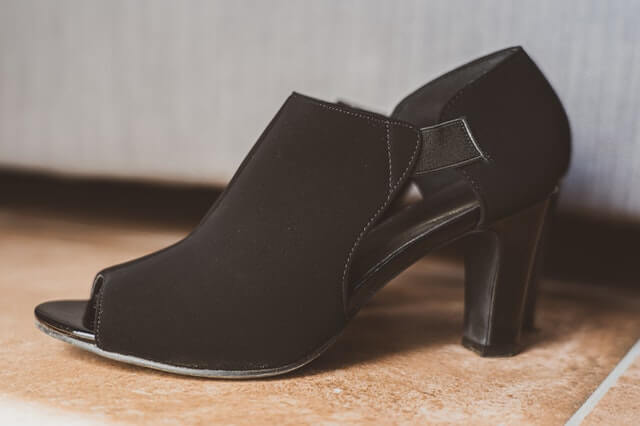
Uniqlo
At the beginning, Uniqlo launched this activity to guide consumers to make full use of used clothes, refuse to waste, or reuse as energy. Since then, Uniqlo has cooperated with the UN refugee agency to implement donations through refugee camps. Uniqlo successfully adjusted the purpose of the event from reuse to reuse.
The social value generated by recycling
Used clothes have their own value. The key to its value is reuse. It can be used twice or multiple times to prevent environmental pollution, indirectly realize the purpose of protecting the environment, reduce carbon dioxide emissions, and reduce social capital waste caused by landfills. Generally speaking, for every 1 ton of used clothes recycled, about 10% to 20% of the clothes can be reused after disinfection. Some are donated to poverty-stricken areas, and some are provided by environmentalists and anti-consumers for the consumption of used clothes. More choices.

Ways to recycle used clothes
Regarding the collection and disposal of used clothes, you can take up social responsibility and recycle your own products like companies like Uniqlo in Japan; you can also set up used clothes recycling bins and open charity stores through social organizations like Vienna. Drawing lessons from the “Old Object Recycling Festival” in Paris, France, through the hands of the market, building an old object trading platform for citizens to expand and circulate and recycle channels on a larger scale to achieve the maximum use value of used clothes.
Conclusion
There are many ways to recycle clothes, and the value of recycling used clothes is to protect the environment. Recently many trading companies have also started to enter the second-hand clothes industry by recycling second-hand clothes for export to other countries.
Learn more




